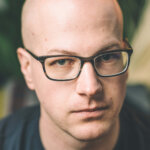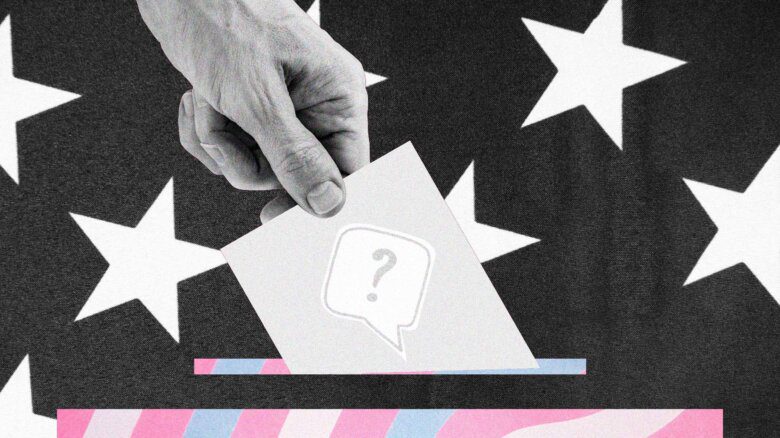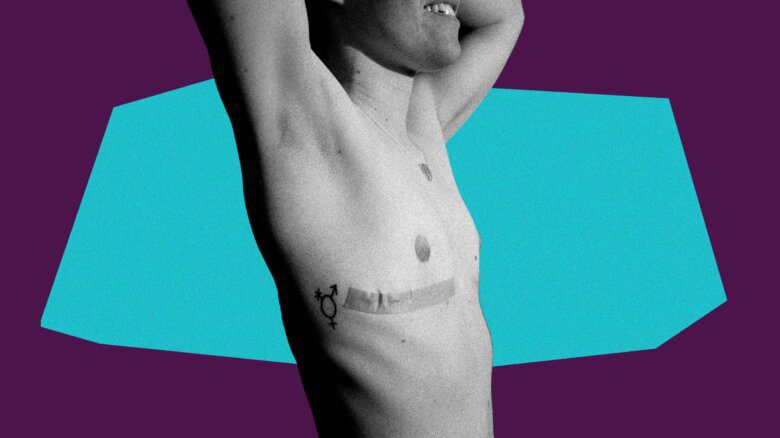In the early days of 2005, flush with $350,000 of Health Canada and provincial funding, community activist Steven RodRozen was hired to do something about the number of gay men who smoke.
A new study at the time showed that while only 19 percent of British Columbians smoked cigarettes, the number jumped to 29 percent among LGBT people.
“A lot of eyes are watching us,” RodRozen told The Province as the program kicked off. “We hope to cast a wide net and hope people will notice.”
With support groups, advertising campaigns, a flashy rainbow-themed website and high-profile endorsements from MP Hedy Fry and then–minister of health Ujjal Dosanjh, the project set out to cut the LGBT smoking rate by 1.25 percentage points.
Today, now the CEO of a Vancouver interior design firm, RodRozen says he’s not sure what impact the year-long project had.
“The response during the campaign was fantastic,” he says. “It brought the issue to the forefront. It isn’t scientific, but we heard from a lot of community members who said it inspired them to try a little harder to quit smoking. But do we know anything scientific? We don’t.”
Twelve years after RodRozen’s campaign, things have not got any better when it comes to the gay community and smoking. In fact, according to a new study from Vancouver’s BC Centre for Excellence in HIV/AIDS, they may have gotten worse.
The research, part of the centre’s Momentum Health Study on men who have sex with men, showed nearly 50 percent of gay and bisexual men in Vancouver are smokers, and that over 30 percent smoke daily.
That’s particularly concerning in British Columbia, which today has the lowest smoking rate among the provinces at 14 percent.
Smoking and HIV
Also concerning is that men living with HIV were even more likely to smoke, and even less likely to successfully quit. According to Dr David Moore, a research scientist and lead author on the study, this is one of the most worrying trends for people living with HIV today.
While Moore says it’s not clear how much more dangerous tobacco is to people living with HIV, serious illnesses caused by smoking such as heart and lung disease and cancer can make management of HIV more difficult, and health outcomes worse.
“It’s a bit disconcerting,” Moore says, “because as HIV treatment is getting better and people are living longer, cigarette smoking is becoming one of the most important reasons why HIV positive people don’t live as long.”
Those living with HIV in the United States today are more likely to die of smoking than from the virus. The US Centers for Disease Control and Prevention reports that 30,000 LGBT Americans now die from tobacco-related causes every year, contrasted with only about 7,000 Americans whose deaths are directly attributed to HIV. While comparable data on how many LGBT Canadians die of tobacco-related causes doesn’t exist, our rates of LGBT smoking are just as high, and deaths from HIV are even lower.
Why do gay and bisexual men smoke?
There’s no consensus on exactly why so many gay and bisexual men smoke. Some point to social bar culture where smoking helps men fit in, others to stress management, or tobacco companies’ attempts to target a new audience. Moore favours the theory that cigarettes are a coping mechanism to deal with minority stress, the daily grind of dealing with a hostile society.
But Moore says there’s an urgent need for health agencies to start working together to help gay and bisexual men quit.
“Everybody’s quite focused on opioids and crystal meth and that sort of thing,” he says, “But we shouldn’t lose sight of the more socially-acceptable substances that probably cause more harm.”
Moore says his study does illuminate some ways to help gay and bisexual men stop smoking. For example, he found men with partners who smoked had much more difficulty quitting, suggesting a need for programs targeting couples instead of individuals. The study also targets the men most likely to smoke and to have problems quitting: men with low incomes, other substance abuse problems, less education, and men who are bisexual.
Mostly, he says the province and gay men’s health providers need to put more resources into dealing with what may be the most pressing health crisis facing gay and bisexual men.
But after decades of failure to help gay men quit smoking, not everyone is convinced quitting should be the only goal. Damon L Jacobs, a New York marriage and family therapist and gay men’s health activist attended the United States Conference on AIDS this year to promote a novel idea: gay men don’t need to be told to quit smoking; they need more options.
“It’s like PrEP,” he says. “You say you have to use condoms. Well, you’ve been telling people to use condoms for 30 years. How’s that going for you? It’s the same thing with cigarettes. You’ve been telling people for 50 years, ‘you should quit, you should quit.’”
Too much pressure to quit smoking, Jacobs says, ignores the complex relationship many gay and bisexual men have with tobacco. That explains, he thinks, why smoking rates among gay men have refused to drop, even as they fall everywhere else.
“When you ask people how they started smoking, often it’s related to an experience of loneliness, alienation or trauma, and these are all things that are so much more common in the gay community,” he says. “I’ve talked to so many older gay guys who lost their communities to AIDS, and they tell me, ‘I don’t have my friends anymore, but when I smoke now, I feel like I’m still with them.’”
Jacobs argues for a softer approach. Instead of emphasizing quitting, he suggests offering other options like vaping — inhaling nicotine through an e-cigarette without harmful smoke and tar — which health authorities in England have estimated is 95 percent safer than smoking. A wide variety of options, from smoking fewer cigarettes to vaping, gum, patches and pharmaceuticals, he says, could be more effective.
“If telling people they just had to quit worked, we wouldn’t still be having this conversation,” he says. “We wouldn’t have 30,000 LGBT deaths every year.”


 Why you can trust Xtra
Why you can trust Xtra


